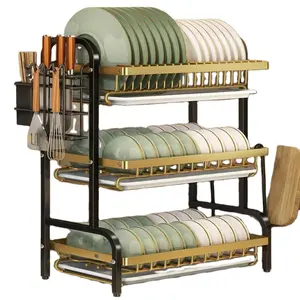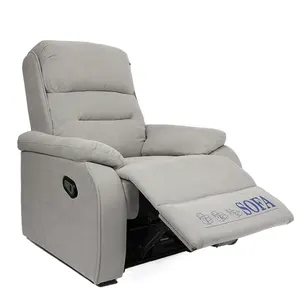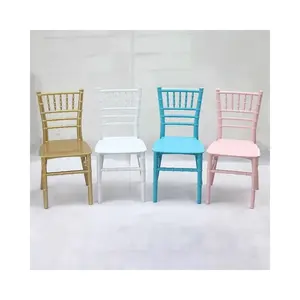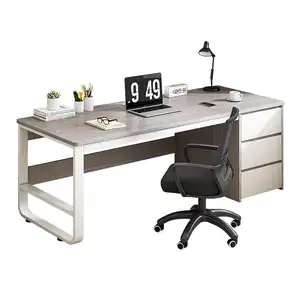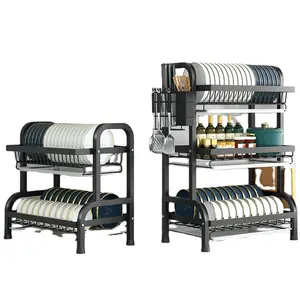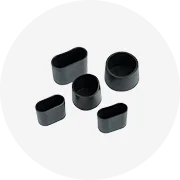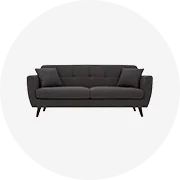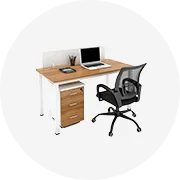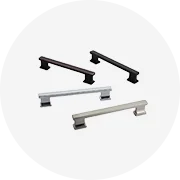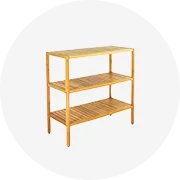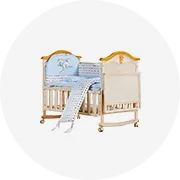Popular in your industry



















































Top categories
About sofa for room
Introduction
Choosing the perfect sofa for your living space is more than just a matter of style and comfort. It's about understanding your room's layout, functionality, and focal points, and aligning these with your personal preferences and lifestyle. This article guides you through the process of transforming your living space by choosing the perfect sofa. We delve into the importance of room measurements, identifying the room's focal point, considering room functionality, and the various factors to consider when choosing a sofa. We also discuss how to integrate the sofa into your living space and the importance of maintaining your sofa for longevity.
Understanding Your Living Space
Understanding your living space is crucial when planning for furniture placement, especially for a significant piece like a sofa. The room's layout often suggests the most natural and functional furniture arrangement. Consider the room's purpose, traffic flow, and focal points. For instance, a living room is typically built around a conversation area, so your sofa should accommodate this intent. Also, ensure that the traffic flow within the room is unobstructed, allowing easy access to and from the sofa. Lastly, orient your sofa towards the room's focal point, be it a fireplace, a television, or a large window with a great view.
The Importance of Room Measurements
Understanding the dimensions of your living room is crucial when choosing a sofa. Good circulation, flow, and balance are achieved by fitting in furnishings that match the room's measurements. This ensures that your chosen sofa will not only fit perfectly but also enhance the overall aesthetics and functionality of your living space.
Identifying the Room's Focal Point
Identifying the room's focal point is a crucial step in choosing the perfect sofa for your room. A focal point can be anything from a dramatic red brick wall, a patterned cement tile fireplace, or even a stylish light fixture. You can also create a focal point using wallpaper or by painting a wall black and creating an eye-catching gallery wall. Even a plain window can be made more dramatic to serve as a focal point. Understanding these focal points can guide you in selecting and positioning your sofa to enhance the overall aesthetic of your living space.
Considering Room Functionality
The functionality of the room significantly influences the size and style of the sofa. In a family room where people don't mind sitting together, a large, comfortable corner sofa is often used, often with a movable footstool for lounging. However, when the room is primarily used for entertaining guests, two smaller sofas facing each other can be more sociable than one large sofa. This arrangement requires adequate space between and around the sofas. The room's use should be a key factor in determining the best sofa size.
Choosing the Perfect Sofa
Choosing the perfect sofa involves considering style, material, color, and balancing budget with quality. Styles range from sleek, mid-century modern looks to classic leather sofas. Material choice impacts durability and comfort, with options like high-density foam cushions and solid wood bases. Color selection can enhance the aesthetic appeal of your room. While budget is a factor, it's crucial not to compromise on quality. Brands like Article offer a variety of styles and fabrics at competitive prices, ensuring you get a well-constructed, comfortable, and stylish sofa that fits your budget.
Sofa Styles and Their Impact
Sofa styles have evolved significantly over the decades, each reflecting the spirit of its time. From the heavy, serious couches of the 1920s Colonial Revival style to the playful, comfort-focused designs of the 1970s, each trend has left a lasting impact. The 1950s saw the rise of midcentury modern designs, which continue to influence today's popular styles. These trends not only shape the aesthetic appeal of your living space but also impact its functionality and vibe. Therefore, understanding these styles can help you choose the perfect sofa for your room.
Material Considerations for Durability and Comfort
When choosing the perfect sofa for your room, material considerations play a crucial role in ensuring both durability and comfort. The types of materials you can choose from include Cotton, Linen, Wool, Velvet, Chenille, Leather, Polyester, Nylon, and Microfiber. Each material has its unique properties and advantages. For instance, cotton and linen are breathable and comfortable, while leather and microfiber offer durability. Wool and velvet provide a luxurious feel, and polyester and nylon are known for their resilience. Your choice should align with your room's functionality and your personal preferences.
Color and Pattern Selection
Choosing the perfect sofa color and pattern is crucial in transforming your living space. In 2024, sofa color trends are moving towards calming and relaxing tones, yet vibrant for entertaining. Earthy tones like soft brown, cream, and mushroom are popular, along with bold colors like purple, dark blue, and magenta. Green shades, particularly moss and bright green, are also trending. Other interesting choices include contrasting shades, mustard yellow, and rust. These colors work well in different styles and materials, offering a wide range of options for your room.
Balancing Budget and Quality
When buying a sofa, balancing budget and quality is crucial. The average cost of sofas falls into four main brackets: below $1,000, between $1,000 and $3,000, between $3,000 and $5,000, and $5,000 and up. Lower-priced sofas may not be built to last, while mid-range pieces offer years of comfort. High-end designs could last generations. Remember, you get what you pay for, and a sofa is a significant investment. It's worth spending on a piece that offers comfort and withstands daily use.
Integrating the Sofa into Your Living Space
Integrating a sofa into your living space requires careful consideration of its placement. The sofa's position can significantly impact the room's functionality and flow. It can be placed adjacent to or opposite a focal point, floated in the room, across from the TV, against the wall, or in front of a window. For L-shaped or sectional sofas, ensure to create some breathing room. The sofa's placement can also influence the room's energy, traffic flow, and overall aesthetics. Therefore, it's crucial to strike a balance between aesthetics and functionality when integrating a sofa into your living space.
Arrangement for Optimal Space Utilization
Arranging your living room furniture, especially your sofa, can significantly impact the functionality and aesthetics of your space. Consider popular furniture layouts and choose a focal point to orient your sofa. Avoid pushing furniture against the walls; instead, create conversation areas for a more intimate setting. Balance is key when arranging furniture, so ensure your sofa complements other elements in the room. Consider traffic flow and place tables at arm's length for convenience. Lastly, ensure your sofa placement doesn't obstruct light sources or artwork.
Complementing with Other Furniture and Decor
The choice of your sofa is an extension of your personality and style. Pairing a Chesterfield sofa with a vibrant cushion or a plush throw creates a perfect blend of classic and contemporary. A sectional sofa encourages conversation and camaraderie, especially when complemented with a plush rug. A black leather sofa can be paired with bright accessories for a stunning contrast, while a brown leather sofa works well with wooden interior elements. A small sectional sofa or a loveseat can be paired with a minimalist coffee table for a balanced, chic living space.
Maintaining Your Sofa
Maintaining your sofa is crucial for its longevity. Regular vacuuming helps to remove dirt and prevent micro-tears. Fluffing and rotating cushions ensures even wear and tear. Checking seams and spotting stains early can prevent further damage. Changing your sitting spot and lifting, not dragging, your sofa can also extend its life. With proper care, a well-made sofa can last about 15 years. Remember, a little maintenance goes a long way in preserving your sofa's quality and appearance.
Regular Cleaning and Care
Regular cleaning and care can significantly extend the life of your fabric sofa. Vacuuming every couple of weeks helps to pick up dirt or debris that could embed into the fabric, leading to micro-tears. Fluffing and rotating pillows and cushions can maintain their structure and ensure even wear. Checking for spots and stains during these routines can prevent small issues from becoming bigger problems. Remember, a little maintenance goes a long way in preserving your sofa's quality and appearance.
Dealing with Wear and Tear
Maintaining your sofa extends its life and keeps it looking new. Regular vacuuming prevents dirt from embedding into the fabric, causing micro-tears. Fluffing and rotating cushions ensures even wear. Check for spots and stains regularly to catch them early. If your sofa is frequently used as a jungle gym or exposed to direct sunlight, it can add extra wear. Pets can also cause faster wear due to dander, dirt, and potential scratching.
Conclusion
Choosing the perfect sofa for your living space is a journey that requires careful consideration of various factors. From understanding your living space, considering room measurements, identifying focal points, and considering room functionality, to selecting the right sofa style, material, color, and balancing budget with quality. The process doesn't end with the purchase; integrating the sofa into your living space and maintaining it for longevity is equally important. With the right approach, your sofa can not only enhance the aesthetic appeal of your room but also improve its functionality, making your living space a true reflection of your personality and style.

